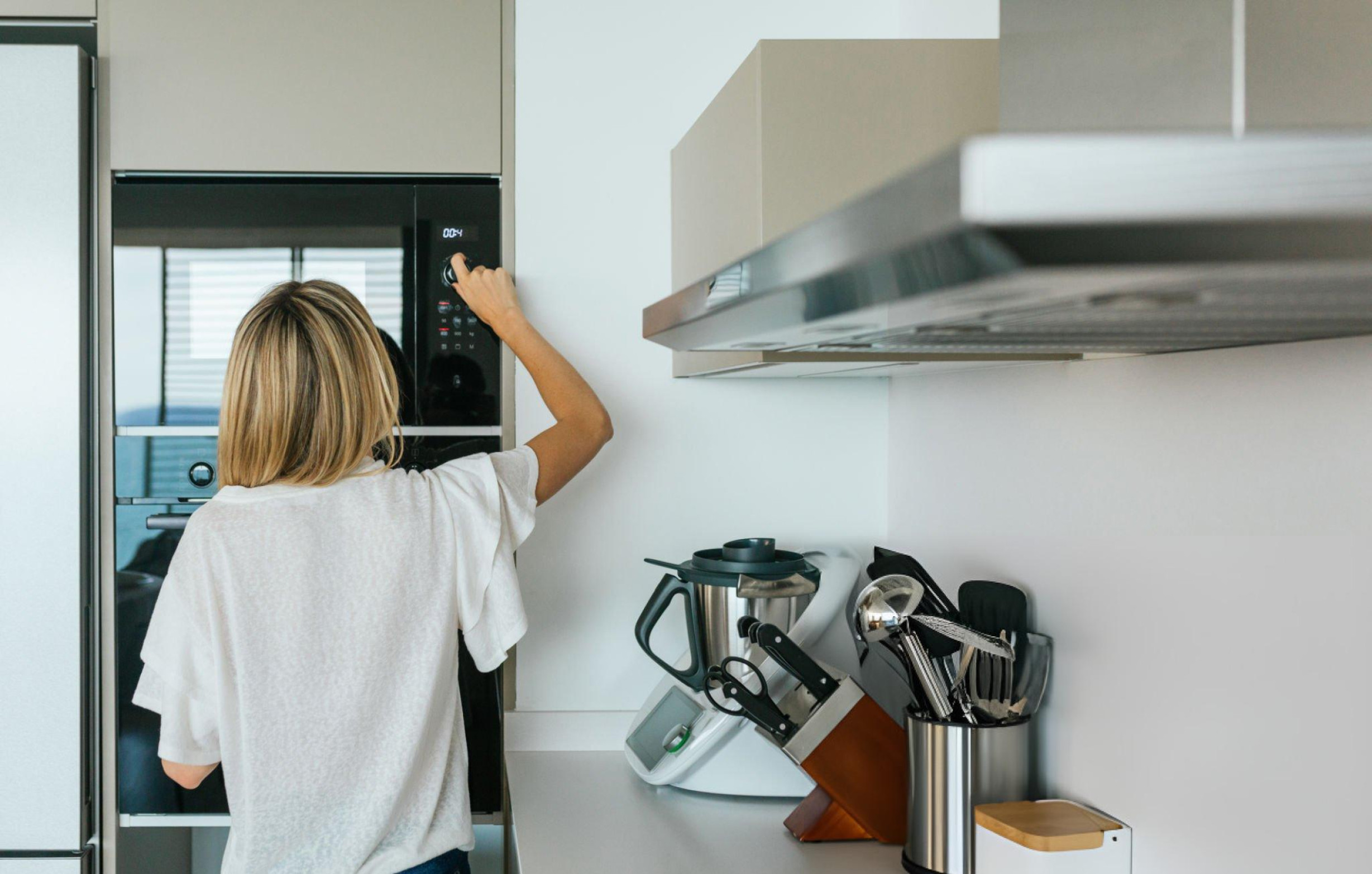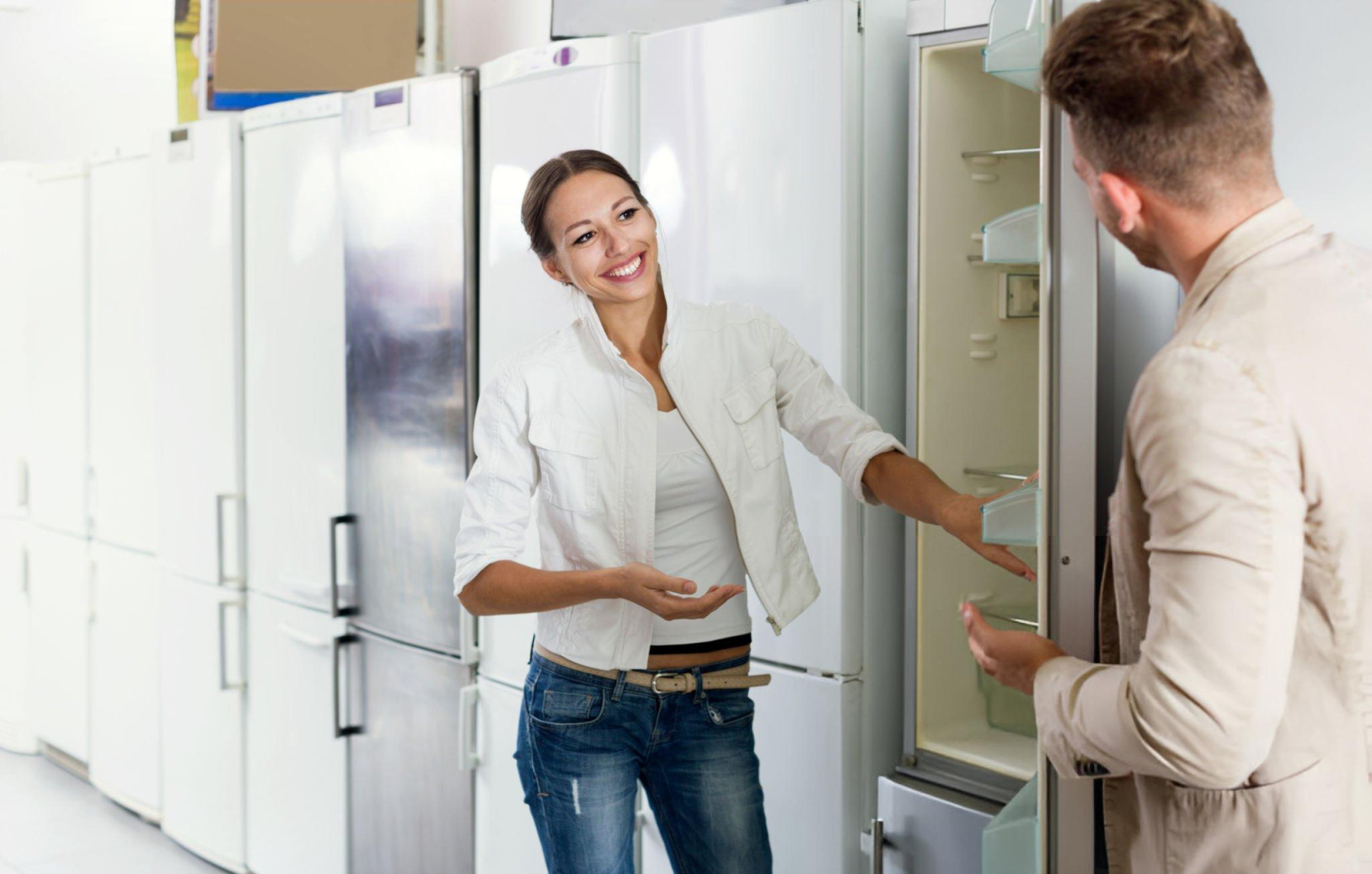Understanding Kitchen Appliance Energy Ratings: What They Really Mean for Your Bills
Kitchen appliances account for a significant portion of household energy consumption, with refrigerators, ovens, dishwashers, and other devices running constantly or frequently throughout the day. Understanding energy ratings and what they actually mean for your utility bills can help you make smarter purchasing decisions that save money over the appliance’s lifetime while reducing your environmental impact. The difference between an efficient and inefficient appliance can add up to hundreds of dollars over several years. Energy ratings aren’t just marketing buzzwords – they’re standardized measurements that provide genuine insight into how much electricity or gas an appliance will consume during normal use. Learning to interpret these ratings, understand what affects energy consumption, and calculate real-world costs empowers you to choose appliances that balance upfront price with long-term operating expenses. Decoding ENERGY STAR Certification The ENERGY STAR label represents the most recognizable energy efficiency certification in North America, but understanding what it actually guarantees helps you appreciate its value beyond just being a marketing symbol. ENERGY STAR certified appliances meet strict energy efficiency guidelines set by the U.S. Environmental Protection Agency and the Department of Energy. These standards are regularly updated to reflect technological improvements and ensure that certified products represent significant efficiency advantages over standard models. Efficiency thresholds vary by appliance type, with each category having specific performance requirements. A refrigerator must be at least 15% more efficient than the minimum federal standard, while dishwashers must meet specific water and energy consumption limits per load. Third-party verification ensures that ENERGY STAR claims are legitimate rather than manufacturer self-assessments. Independent testing laboratories verify performance before products can display the certification, providing consumer confidence in the ratings. Annual energy cost estimates on ENERGY STAR labels help you understand real-world operating expenses rather than just technical efficiency percentages. These estimates are based on typical usage patterns and national average energy rates. Comparative context shows how specific models compare to similar appliances, helping you understand whether you’re looking at a minimally compliant or exceptionally efficient option within the certified category. Environmental impact information sometimes accompanies ENERGY STAR ratings, showing greenhouse gas emission reductions and environmental benefits alongside financial savings to appeal to environmentally conscious consumers. Understanding EnergyGuide Labels The yellow and black EnergyGuide labels required on many appliances provide standardized information that allows direct comparison between models, but knowing how to read these labels correctly ensures you’re making informed decisions. Estimated yearly operating cost appears prominently on these labels, calculated using national average energy rates. This figure provides a baseline for comparison, though your actual costs will vary based on local utility rates and usage patterns. Energy consumption measurements show kilowatt-hours per year for electric appliances or therms per year for gas appliances. These technical measurements allow you to calculate precise operating costs using your specific utility rates. Cost range comparisons display where the specific model falls on a scale from most efficient to least efficient among similar models. This visual representation quickly shows whether you’re considering a high, medium, or low-efficiency option. Model-specific information includes capacity, features, and other factors that affect energy consumption, helping you understand why certain models use more or less energy than comparable appliances. Calculation methodology details explain the testing conditions and usage assumptions underlying the estimates, though these are often in small print. Understanding these assumptions helps you adjust estimates for your actual usage patterns. Federal minimum standards are referenced on the labels, showing the least efficient model allowed by law. This context helps you understand how much better than minimum your potential purchase performs. Calculating Real-World Energy Costs Label estimates provide useful baselines, but calculating actual costs based on your specific situation and usage patterns gives you more accurate long-term expense projections for better decision-making. Local utility rates significantly affect operating costs, potentially making estimates on labels substantially inaccurate for your situation. Check your utility bills to find your actual cost per kilowatt-hour or therm, which can vary from $0.08 to $0.30 per kWh depending on location. Usage patterns influence actual consumption, with heavy users spending significantly more than label estimates while light users may spend less. Consider your family’s actual cooking frequency, dishwasher loads per week, and other usage factors. Seasonal variations affect costs for appliances like refrigerators that work harder in hot weather or ovens that contribute to cooling costs in summer but reduce heating costs in winter. These factors can significantly impact annual expenses. Time-of-use rates in some areas charge different prices for electricity used during peak versus off-peak hours. If your utility uses this pricing structure, running appliances during off-peak times can substantially reduce costs. Calculation formulas for precise cost estimation multiply the appliance’s kWh or therm rating by your local utility rate and estimated annual usage. For example, an appliance using 500 kWh annually with rates of $0.12 per kWh costs $60 yearly to operate. Comparison across models helps quantify savings from choosing more efficient options. If Model A costs $60 annually while Model B costs $90, the $30 annual savings over a 15-year lifespan totals $450 in operating cost differences. Major Kitchen Appliance Energy Consumption Different kitchen appliances vary dramatically in their energy consumption and potential savings from efficiency improvements, helping you prioritize which appliances deserve closest attention when considering efficiency. Refrigerators and freezers run continuously, making them typically the highest energy consumers in kitchens. Modern ENERGY STAR refrigerators use about 300-600 kWh annually compared to 1000-1500 kWh for older models, creating substantial savings potential. Dishwashers consume both electricity for operation and energy to heat water, with modern efficient models using 270-300 kWh annually versus 500+ kWh for older models. Water heating represents the majority of dishwasher energy use. Electric ranges and ovens vary widely in consumption based on cooking frequency and methods. Convection ovens typically use 20-30% less energy than conventional ovens for the same cooking tasks due to faster, more even heating. Gas ranges offer different efficiency considerations, with energy costs depending on natural gas or propane prices in your area. Gas cooking is often more economical than electric,



